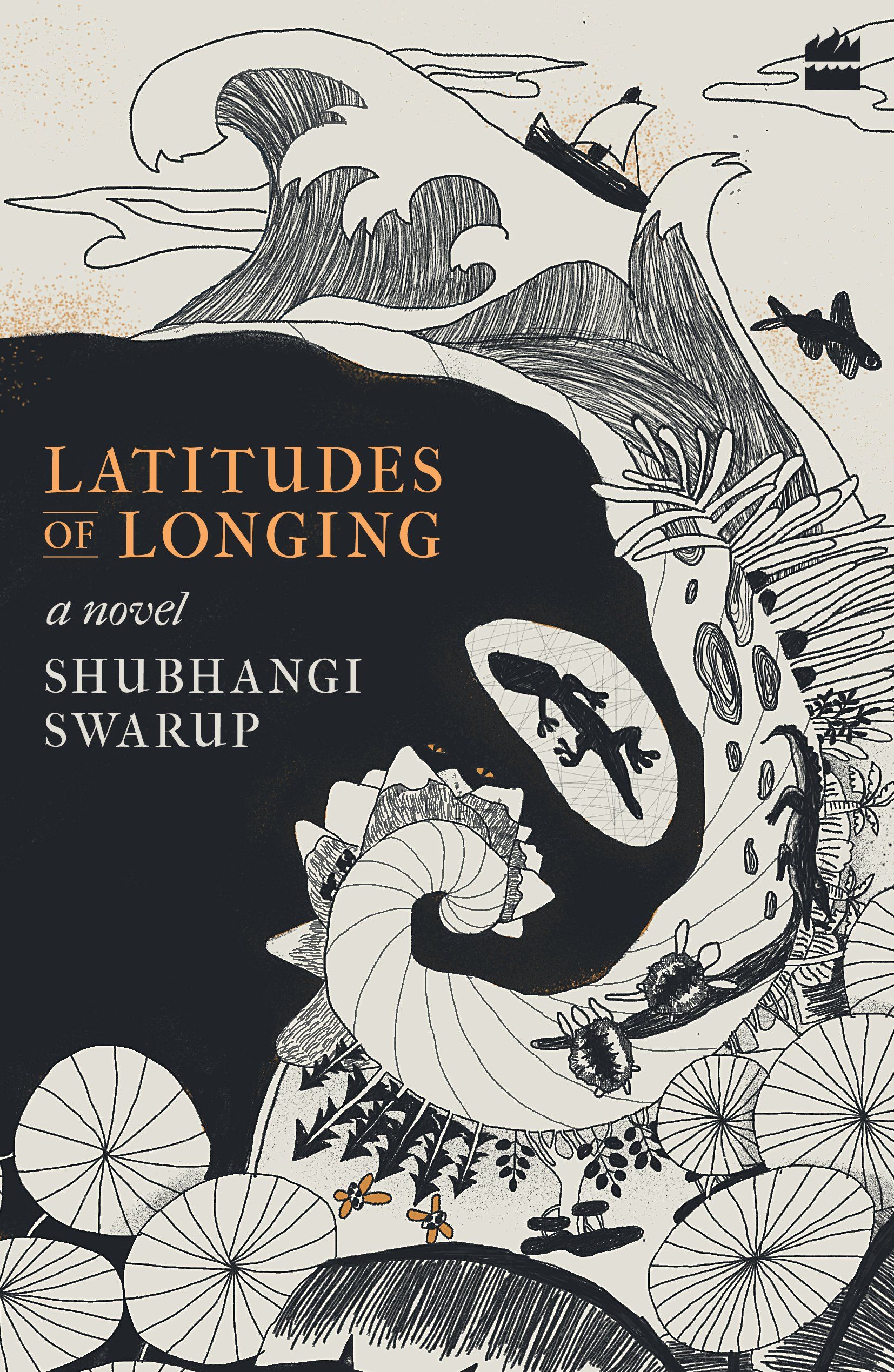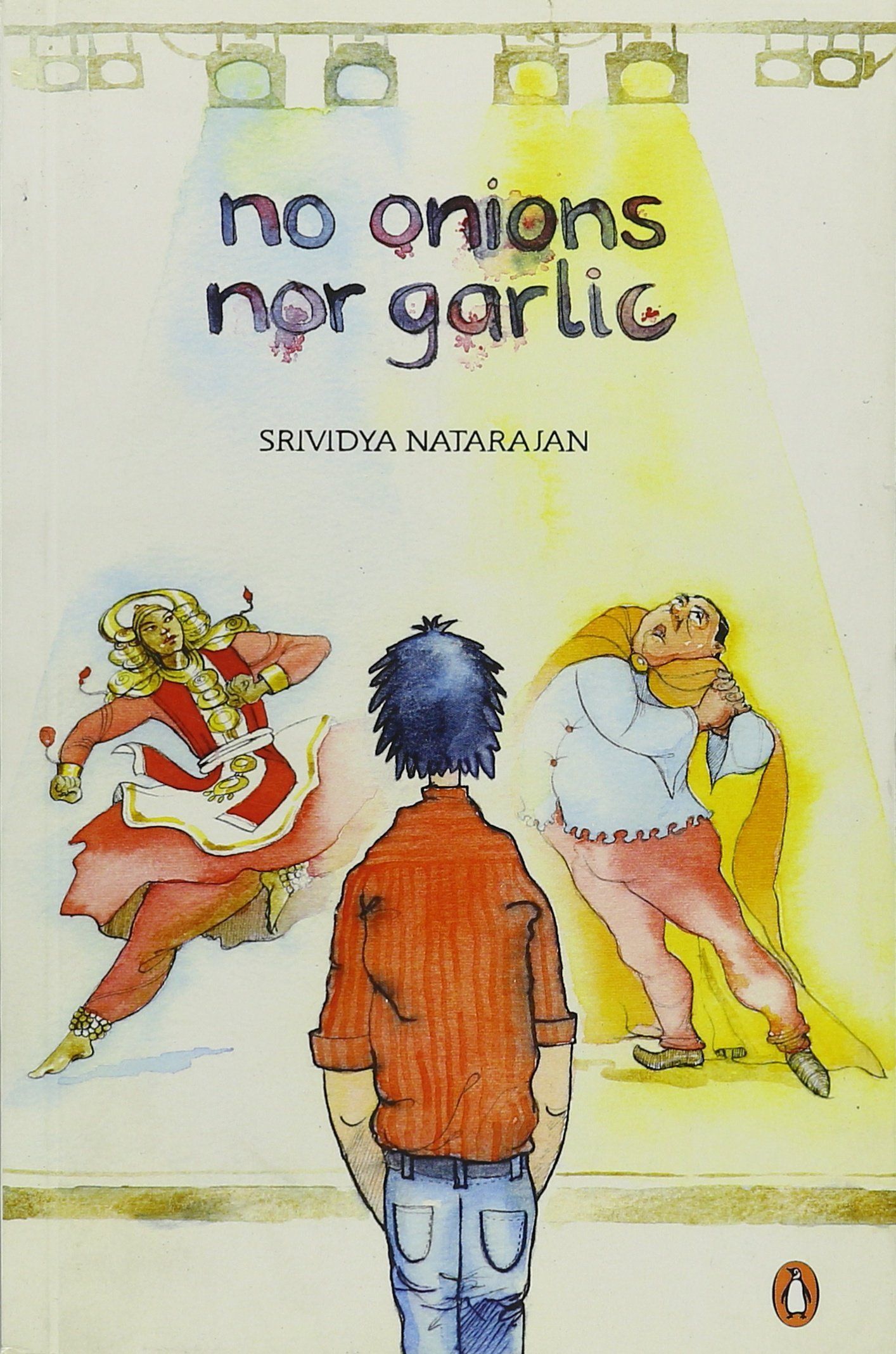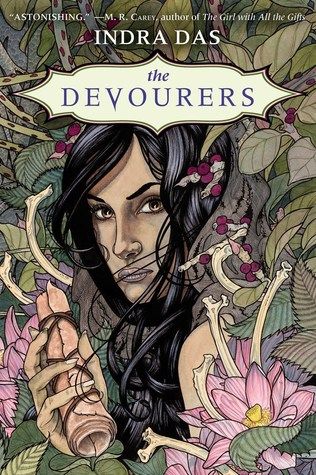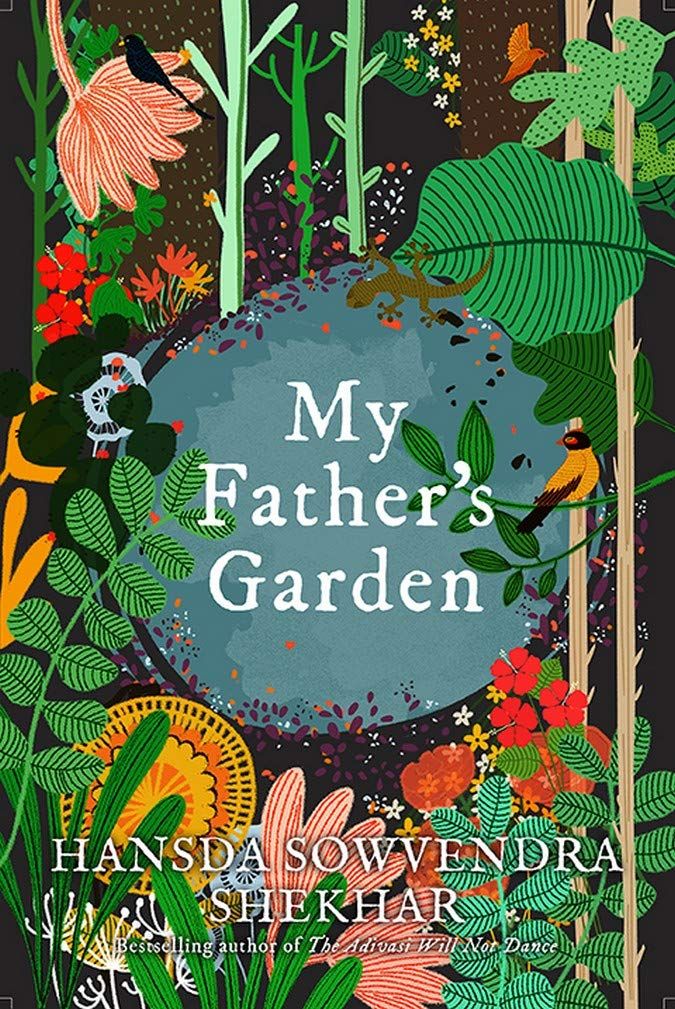My mother tongue being Bengali and having been raised in a family of bibliophiles who primarily read in Bengali, for most of my life I did not have to turn to Indian writing in English for my dose of Indian literature. My family’s library seemed to have it all – swashbuckling adventures for the 10-year-old me, epic romances for the young teenager, and existentialist treatises for the newly college-going wannabe intellectual.
But as I grew up, I started feeling a sense of disconnect with the Bengali literature that I read, owing mostly to the decline in writing in regional languages and a consequent dearth of contemporary narratives. Another reason for my eventual discontentment with Bengali literature was the underrepresentation of women writers. I swooned over Ashapurna Devi’s strong women, Mahashweta Devi’s fiery writing, and Nabaneeta Dev Sen’s hilarious travelogues, but in context of the vastness of Bengali literature from the 19th, 20th, and early 21st centuries, women’s perspectives were few and far between.
When I moved away from my home state into the multilingual reality of my country, I, like others from my generation, started thinking in English – a fact that I sometimes resented but learnt to pragmatically embrace. I realized then that for good new reads that give me the familiarity that I crave between reading books from other countries, I would have to turn to Indian writing in English. It was a struggle at first – the popular books were quick romances from largely male points of view that I turned my nose up at. Things changed when I picked up the first book by Arundhati Roy. The God of Small Things stunned me. The writing was breathtaking in its beauty, yet utterly Indian, insightful, powerful and confident. Arundhati Roy continues to be one of my favorite authors, and since then I have read many phenomenal books about India and written by Indian authors in English.
It pains me to see my country represented in international popular culture by movies that stereotype and books that, while well written, are drab descriptions of the horrors of a fragmented society and offer very little insight into the nuances of the subjects that they set out to explore. So here I compile a very short list of some of the lesser known, but brilliant Indian fiction – each from a different genre and featuring diverse voices – for those looking to diversify their TBR or to know more about a country with an eventful past and a cornucopia of cultures and languages.
The Gypsy Goddess By Meena Kandasamy (Political Fiction/Literary Fiction)
Based on a true event, this novel is about a small Tamil village of agricultural laborers in 1968 trying to stand their ground and demand a small increase in wages in the face of vicious backlash from their oppressive landlords. If there is any author who can do justice to this grave and important subject, it is Meena Kandasamy. Her prose is visceral, wildly experimental and her voice loud and powerful. She draws you in, she makes you uncomfortable, exposes the deep cracks in the social, political, and judicial systems that still drag the most vulnerable, the exploitation of whom is at the same time most essential for the prosperity of the rest, into their dark depths. This is a devastating book that will make you question your politics and your apathy, and will leave you gobsmacked with its masterful, irreverent storytelling.
Latitudes of Longing by Shubhangi Swarup (Magical Realism)
This novel by Shubhangi Swarup is a passionate love letter to the interconnectedness of the world we live in. The author imbibes oceans, mountains, trees, animals and people, dead and alive, with the human soul and translates for her readers a sweeping, all-encompassing sense of oneness. The novel is composed of four parts that blend into one another – a young newly married couple trying to build their new life on the Andaman islands in the 1950s, a mother looking for her long lost son in the prisons of Myanmar, a lonely man navigating loss and hope in bustling Kathmandu, and octogenarian lovers in a remote Himalayan village. The lyrical, meticulously crafted, deeply imaginative prose perfectly complements these magical stories. The chatter of parrots in the Andamans, the mighty mountains crumbling in an earthquake in Kathmandu, the Drakpo village covered in snow in the no man’s land between India and Pakistan, come alive between the pages of the book. This novel is sure to inspire in its reader an intense longing for nature and deep wonderment at the varied and magical natural beauty of the subcontinent.
No Onions nor Garlic by Srividya Natarajan (Romance)
Srividya Natarajan’s debut novel is probably the best romantic comedy I have ever read. The characters in the book are teachers, students and research scholars at the University of Chennai, and the story is an insanely funny satire of the gender and caste prejudices that still permeate academia. The main love story in the book uses the familiar trope of the naïve and likeable girl next door falling for the seemingly unattainable mysterious, tall, dark and handsome hero, only with the gender roles reversed. There is some Shakespeare thrown in for good measure- the title is a reference to the Tamil Brahmin’s strictly pious diet and to “And most dear actors eat no onions nor garlic”. The ending might be a bit too melodramatic for some, but trust me – the fun you are going to have with the rest of the book will more than make up for it.
The Devourers by Indra Das (Fantasy)
Given the elements of horror and violence in Indra Das’s fantasy novel about man-eating werewolves, I was not entirely sure about this one when I picked it up. But it turned out to be an exceptionally beautiful read. Set in Mughal north India, contemporary Kolkata and the Sundarbans, this intricate tale peopled with shape shifting monsters is a tale of love, friendship, and courage. It is a story of the human affinity for violence, but also of the extraordinary strengths that transcend this affinity. At the core of the book is the very human quest of those unable to conform to the established norms of the society to come to terms with their differentness and find their identities.
My Father’s Garden by Hansda Sowvendra Sekhar (Queer Fiction/Literary Fiction)
This book by Hansda Sowvendra Sekhar reads like autofiction – though it probably cannot be strictly categorized as one. It is narrated by a young Santhali doctor, and divided into three parts – the first about his adventures with love and a series of unsuitable men; the second where he witnesses an episode in the daily politics of local netas, bribes, betrayal and displacement in a small town in Jharkhand; and the last about his father’s experience with the casteist and exclusionary politics of the region. A tender nostalgia for unfulfilled dreams and for an old connection with nature subtly ties the three distinct parts of the novella together, and comes to the forefront in the last part through the narrator’s father’s meticulously tended garden. The author’s voice is strong and compassionate when he talks about the feeling of being an outsider, both on a personal front and as a collective experience of the Santhali community. His greatest triumph is in his authenticity, his narrator never sounds holier than thou. He is humble enough to acknowledge his middle class privilege and the greater suffering of other people even in some of his darkest moments.
This is a very tiny list, and there are many other great books and talented authors that I have not talked about here, but these should serve as a good starter kit. I have purposely excluded books written by well-known authors and those published in the last two years (with the exception of My Father’s Garden, which was published in December 2018). There has been a recent revival of interest in regional literature- and more and more titles in several languages are being translated into English. I am very excited and hopeful about the attention that Indian writing in English and translated regional literature have been receiving, in context of the emphasis being laid on diversity and inclusion in art and literature all over the world.
Source : Indian Writing in English: An Unconventional Starter Kit














